News
Keep up-to-date with the latest news and information from Tank Enviro Systems.
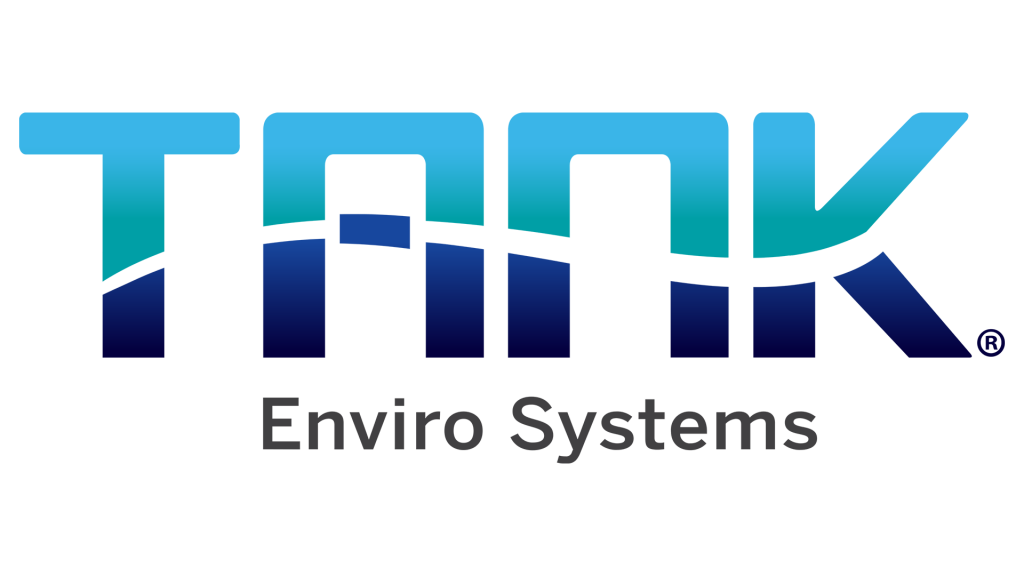
-

Season Greetings
We wish to advise that our branches will be closed from Friday 19th December 2025 & re-open 8am Monday, 5th January 2026 📆 We look forward to welcoming you back!
-
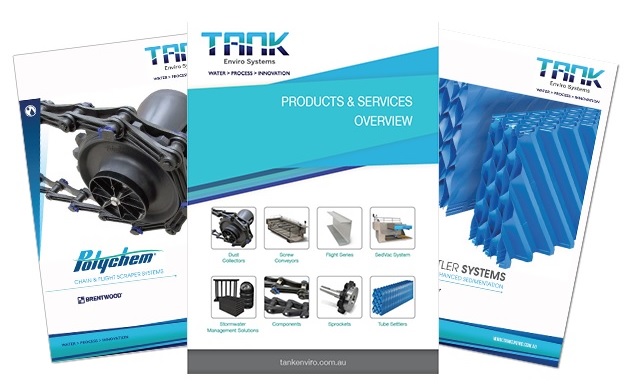
Introducing our Product Information Blogs
We are excited to announce the latest addition to the Tank website with our Product Information Blogs.
-

Introducing Pumps – Food Grade & Waste Water
Tank Enviro supplies a large range of Food Industry Pumps and Municipal Water & Waste Water Pumps to suit a range of specialised requirements.
-
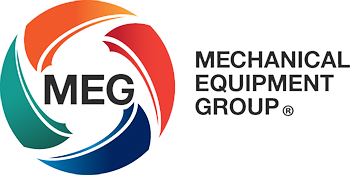
Our Response to COVID-19
In response to addressing the COVID-19 (Coronavirus) pandemic.
-
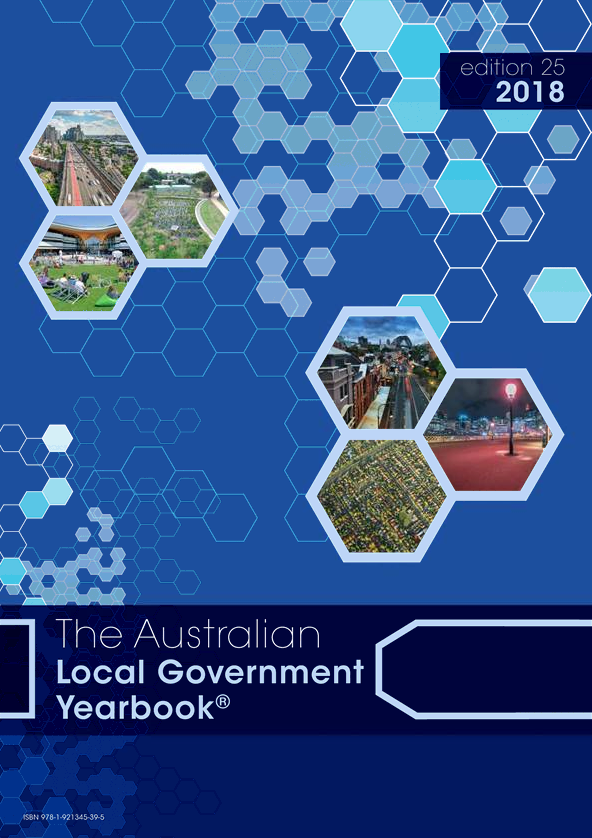
Catch us in the ALGY – out now!
Catch Tank Enviro in The Australian Local Government Yearbook (ALGY) out now!
-

Just Announced! Businesses of Tomorrow 2018 Winner
Mechanical Equipment Group is proud to announce we have been selected as one of the Top 200 Businesses of Tomorrow – 2018 Winner by Westpac.
-
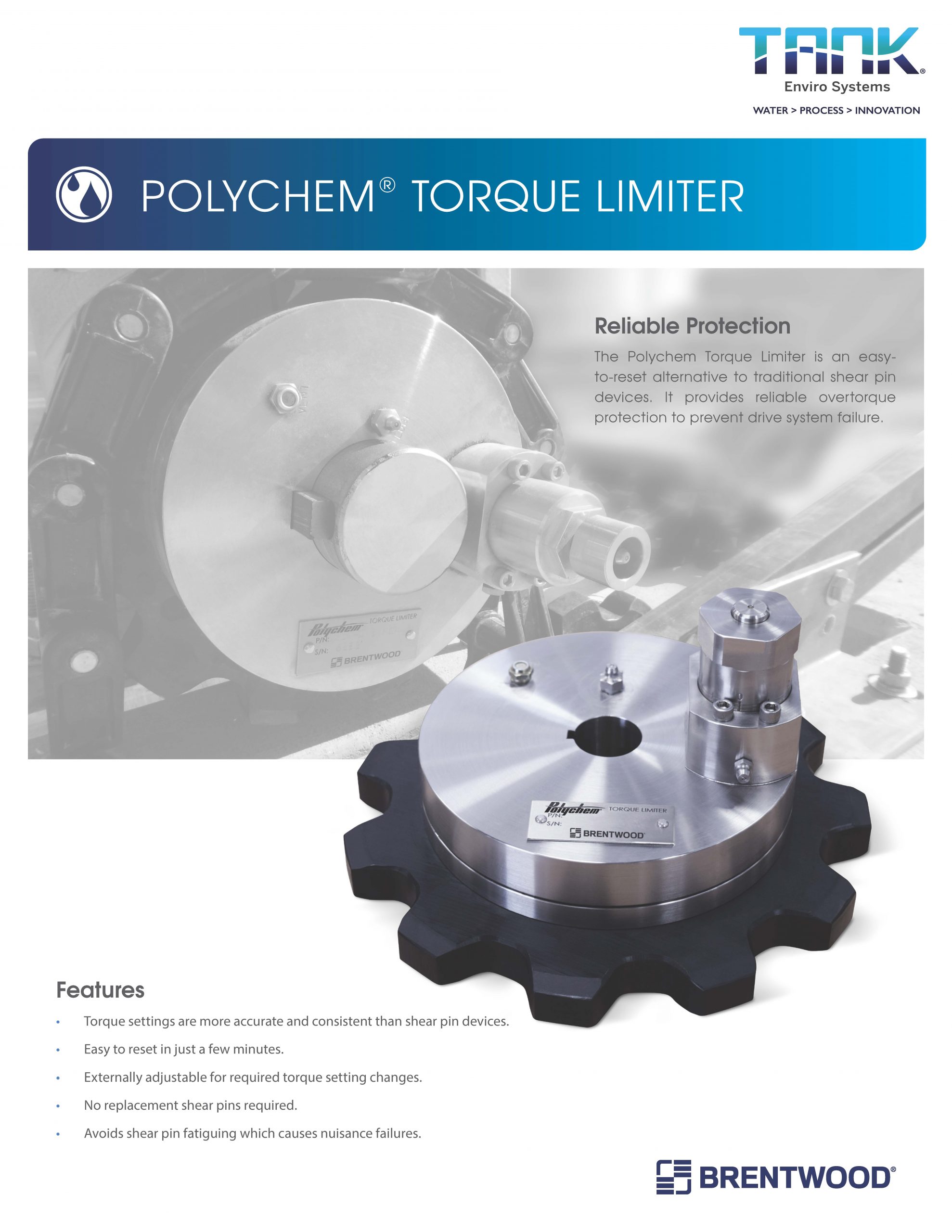
Polychem Torque Limiter in Stock
The leading supplier, Brentwood, introduces the Polychem Torque Limiter.
-

Oz Water Expo 2017
Come see us at Ozwater 2017!